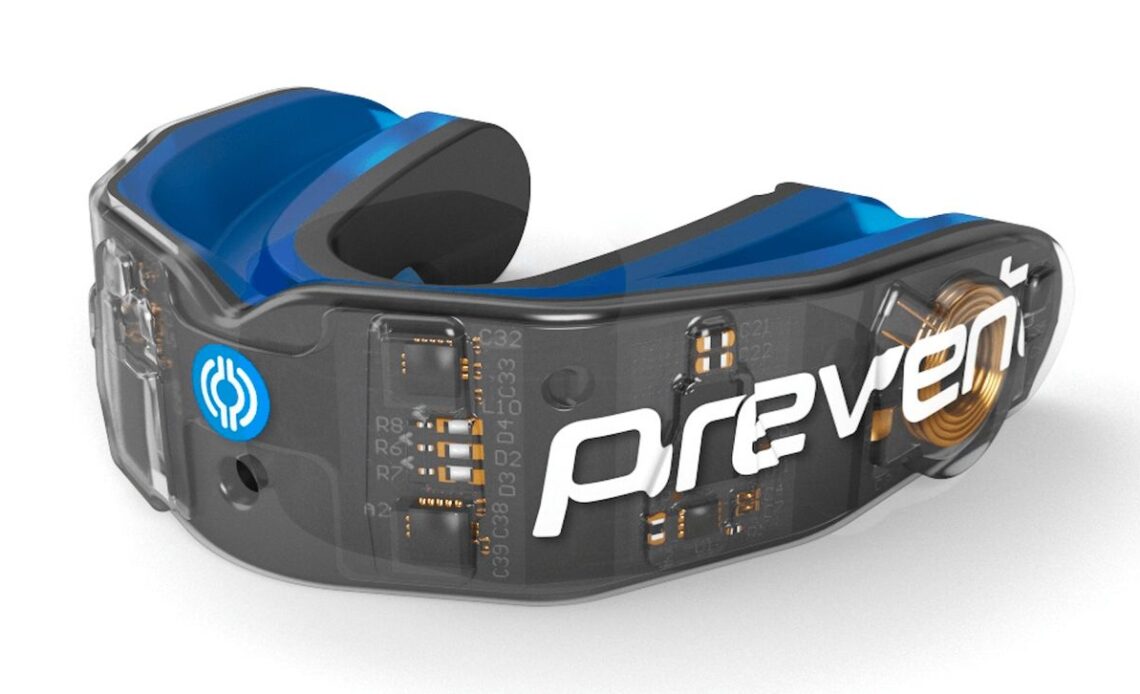We are currently mid-way through the Six Nations rugby championship, and as a proud Wales rugby fan I must admit it’s not been the most enjoyable watching experience. Regardless, something very interesting has come out of the tournament that could well modernise pro cycling’s protocols when it comes to head injury management.
A BBC Sport article has reported that rugby players are now using ‘smart’ gumshields, which allow support staff to monitor the g-forces experienced by the players’ heads in real time.
Contrasting head injury protocols
While rugby doesn’t necessarily have the greatest history of head injury protocols – evidenced by an ongoing lawsuit against the sport’s governing bodies – it has come on leaps and bounds in recent years. For example, the increased use of red cards for impacts to a player’s head has aimed to reduced the incidence of shoulder-to-head contact, and any player suspected of receiving a knock to the head is forcibly removed from the field of play for a ten-minute head injury assessment, with a substitution allowed that doesn’t count towards the teams usual number of subs.
In cycling, the UCI has approved a concussion protocol, a modified version of the SCAT5 standardized protocol that includes asking a rider involved in a crash a series of questions. Should they show signs of concussion they can be removed from the race, but given the sport’s lack of substitutions there is more incentive for the riders to try their hardest to remain in the race.
Before this protocol there had been several high-profile cases of riders continuing while clearly suffering the effects of concussion, Roman Bardet rode for 90km while concussed, and many will recall watching an unstable Toms Skujins remount his bike after a crash in the Tour of California in 2017.
Teams are beginning to get on board, with Bahrain Victorious stating ‘if in doubt, sit them out’ following the team’s decision to remove Cameron Scott from the Tour Down Under after a confirmed mild concussion following a crash on stage 3. Scott’s removal, however, was only following his completion of the stage, and he wasn’t pulled from the race immediately.
Smart gumshields and cycling
Back to the rugby field, and the introduction of smart gumshields. The technology in essence allows monitoring of HAE, or Head…
Click Here to Read the Full Original Article at CyclingNews RSS Feed…

